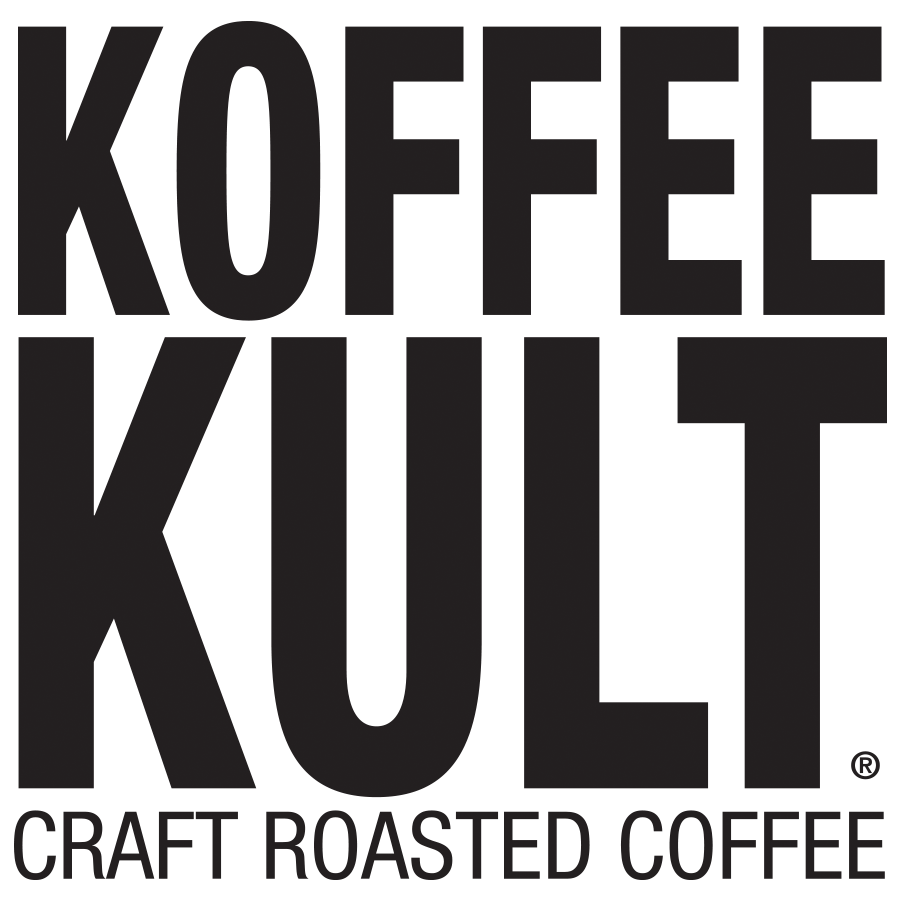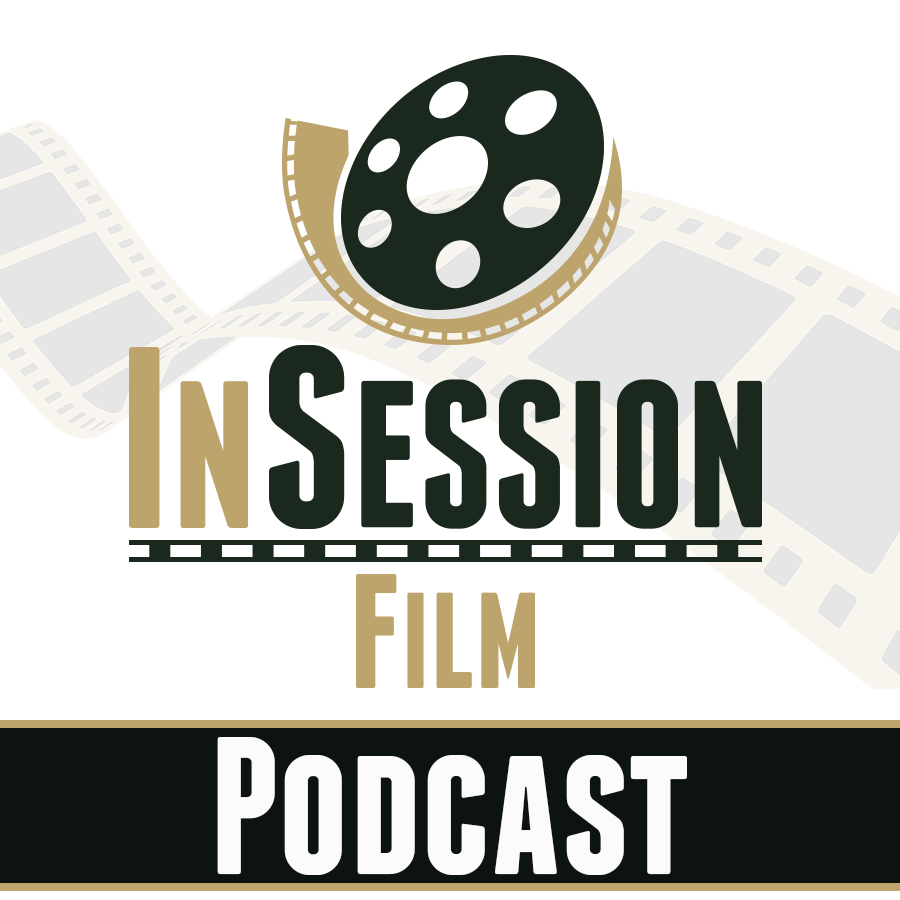Moroccan filmmaker Asmae El Moudir digs deep into memory through the tactile act of re-enactment to uncover the truth about the Casablanca Bread Riots in 1981 – protests that saw over 600 people killed or imprisoned. Amongst those killed was Fatimah a young girl who lived on the same street as the El Moudir family. Among those imprisoned and arrested were her close neighbours Saïd and Abdallah. Among those who watched and remained silent was her grandmother – a matriarch who exerts iron control over Asmae, her father Mohamed, and her mother.

Asmae employs dolls that have been painstakingly created by her father and dressed by her mother. The three of them have recreated the street where they lived, the interior of their home and adjoining apartments (where Saïd and Abdallah lived) and a soccer field where her father played which turned out to be the site of a mass grave where the victims of the riot were buried.
An entire microcosm is created in Asmae’s studio where she uses tactile “play” to invoke memory. There are many ways to make a documentary, but Asmae El Moudir’s approach is unique. She is inside and outside the story. She is acting and directing and remaking and remembering.
Nadine Whitney speaks with Asmae El Moudir about her stunning documentary.
Nadine Whitney: The Mother of All Lies is unique in its form of tactile memory evocation. Can you tell me a little about why you chose to use a constructed world to reconstruct and uncover memories?
Asmae El Moudir: I chose to use a constructed world to delve into memories because it allows a unique exploration of the past. By creating a tangible environment, I can invite the audience to engage more fully with the fragmented and sometimes elusive nature of memory. This approach helps uncover truths that are often hidden or forgotten.
NW: While making the film you encountered active resistance from your grandmother. How important was it for you to show her continuing denial is the behavior of a trauma survivor?
AEM: Showing my grandmother’s denial was crucial as it reflects the complex layers of trauma survivors’ behavior. Her resistance wasn’t just a narrative obstacle; it was a profound insight into how deeply trauma can shape one’s reality and perceptions. It was important for me to convey this honesty and complexity to create a more authentic narrative.
NW: The Hunger Riots were just one example of the brutality of the Hassan II regime. Although there has been an attempt to look into the past, do you think Morocco is learning anything from it?
AEM: The Hunger Riots and other historical events are no longer taboo subjects, as evidenced by numerous films addressing them. There is a sense of reconciliation with the past, although we’ve never seen a film quite like The Mother of All Lies in its form.
While there have been attempts to address our history, the process is ongoing, and I believe there’s still much to learn as a nation. Acknowledging and understanding these events are essential for societal growth and healing.

NW: There is quite a lot of brave cinema coming out of Morocco, for example Maryam Touzani’s The Blue Caftan. Do you believe cinema has the opportunity to create conversations leading to a society that can both honor heritage, confront pain, and more forward into equity for all Moroccans?
AEM: Moroccan cinema is indeed paving the way for crucial dialogues. Films like The Blue Caftan highlight the power of storytelling to confront societal issues, honor heritage, and inspire change. I believe cinema can spark conversations that lead to societal transformation, bridging the gap between past injustices and a more equitable future.
NW: What do you hope audiences get out of the experience of seeing The Mother of All Lies?
AEM: I hope audiences leave The Mother of All Lies feeling restored memories. My aim is to offer them a journey that provokes thought and empathy, encouraging them to question and understand the complexities of personal and collective memories.





